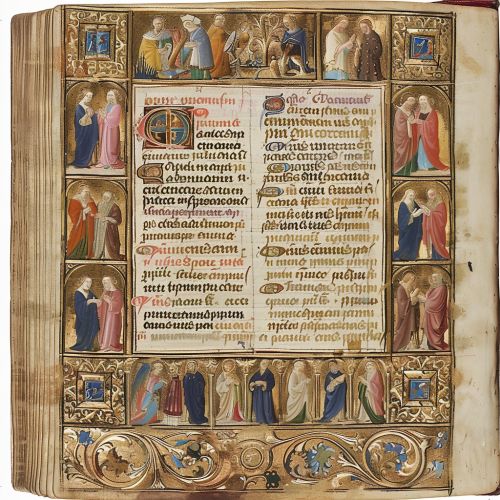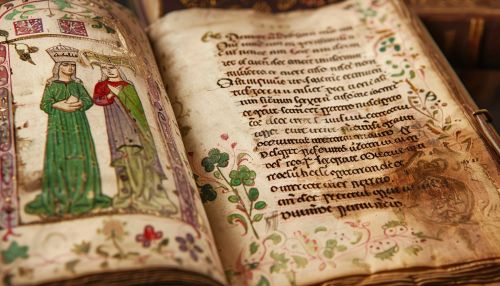Decretum Gratiani
Introduction
The Decretum Gratiani, also known as the "Concordance of Discordant Canons", is a collection of canon law that was compiled and written by Gratian, a Camaldolese monk, around the 12th century. This monumental work is considered the cornerstone of the system of canon law in the Roman Catholic Church.


Historical Background
The Decretum Gratiani was created during a period of significant development in the legal and theological thought of the Western Church. The 11th and 12th centuries were marked by the Investiture Controversy, a conflict between the papacy and secular rulers over the appointment of church officials. This controversy highlighted the need for a comprehensive and consistent body of church law.
Content and Structure
The Decretum Gratiani is divided into three parts. The first part, known as the "Distinctions" (Distinctiones), contains 101 distinctions, each dealing with a specific topic of canon law. The second part, the "Causae", is composed of 36 cases (causae), each containing a hypothetical legal problem followed by a collection of canons and patristic texts that address the issue. The third part, the "De consecratione", deals with issues related to church rites and sacraments.
Influence and Legacy
The Decretum Gratiani was the first attempt to collect and systematize the disparate sources of canon law. It was widely accepted and used as a textbook in the emerging university system, particularly in the study of canon law, also known as the Ius Decretalium. The Decretum Gratiani remained the fundamental text of canon law until the promulgation of the 1917 Code of Canon Law.
